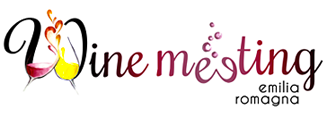
The city was founded and in 183 A.D. by the Romans and was capital of the duchy of Este one ancient university and the archiepiscopal seat. It houses one important site of The Military Academy of the Army and of the Carabinieri.
In Piazza Grande you can find the Ghirlandina and the Duomo, which since 1997 have been included in the list of UNESCO World Heritage sites.
The city is located between two rivers that are characteristic for this area. If you say Modena you say Lambrusco, La "lambrusca", the edges of streets during the bronze age. It has a lot of varieties from Sorbara with its floral abortion gives a schort production to the Grasparossa which takes its name from the red colour of the Pedicelli Rachis located on the hills of Castelvetro, to the Salamino or Santa Croce, name of the hamlet of Carpi from which it seems to take its origin. Due to the closed and cylindrical shape of the bunch grapes that is similar to a salami, to the Maestri, Lancellotta, Marani, Montericco ... however here we are going into Reggio Emilia.
The food in this area is pork and its derivatives and requires a sparkling wine to degrease the mouth and to give that balance between food and wine. In fact, charcuterie, cotechino, zampone, boiled meat and lentils remind you of the sparkling nature of Lambrusco
Originated in the Bronze age with Terramare, it was a Roman site until the capital of the Duchy of Parma and Piacenza. Today it is an Unesco heritage for the gastronomy of the Parmigiano Reggiano, Parma Ham, to culatello of Zibello, the salame of Felico and the shovel of San Secondo.
The typical vines are the aromatic Malasia of Candia and the Sauvignon which are characterized by flat or wavy surfaces called "paleoterrazzi" formed by one deposition of river sediments.

 Italian
Italian English
English Deutsche
Deutsche



